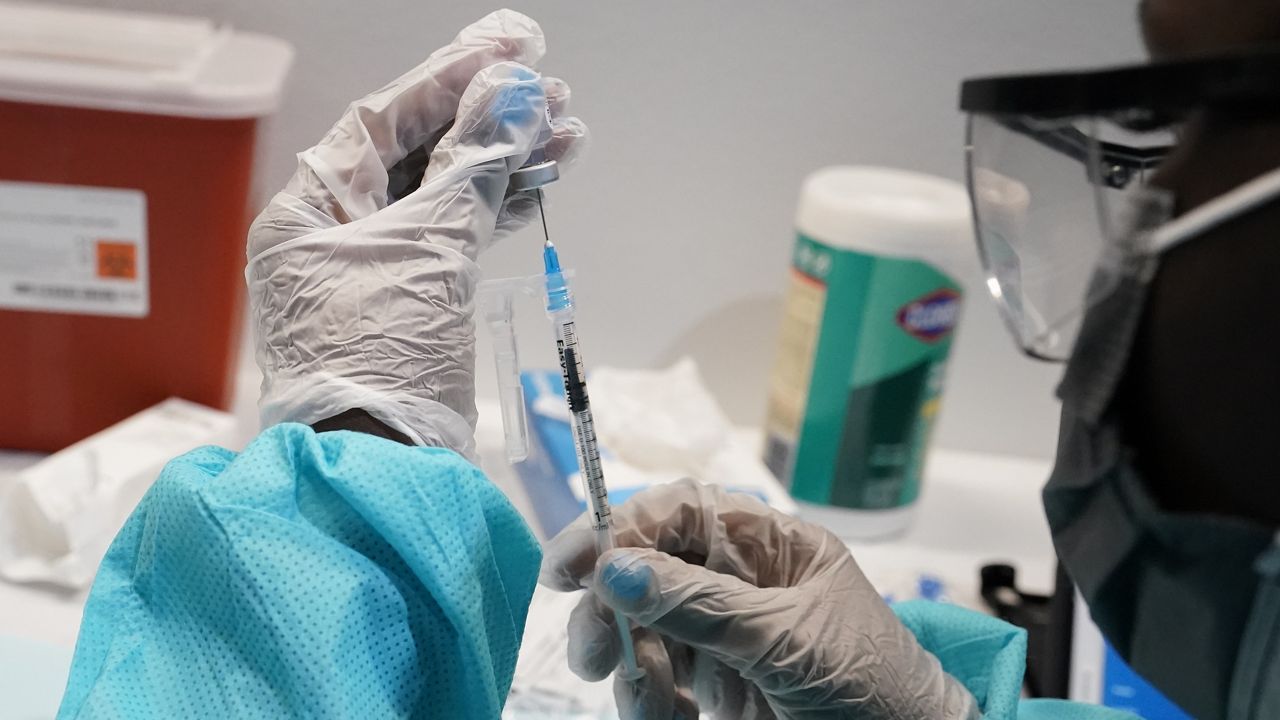According to Skin Cancer Foundation, having five or more sunburns doubles your risk for melanoma. However, the damage can be avoided.
Part of the problem is there are some misconceptions about sunburns. For example, have you ever gotten a sunburn when it’s cloudy? It can happen, and that’s because the sun’s ultraviolet rays are always beaming down.
If you are outside, you need sunscreen. Also, you’re not immune to sunburn if you have darker skin.
A sunscreen rating of UV 30 and above is suggested. It blocks 97% of the sun's rays. You should apply before you go outside and reapply every hour and 15 minutes. Experts say the sun’s rays are strongest between 10 a.m. and 2 p.m.
Try to avoid direct sun if you can — despite how much some people may want that tan. If you can, wear a light layer of clothing, especially for kids and older adults. For babies, there are no approved sunscreens for children under 6 months.
“Don’t forget, you know, those little areas that you might forget about, every piece of you. Some people forget their feet or the tip of your nose. Those are the areas that can get burnt," said Dr. Mahvash Madni, spokesperson for the American Academy of Pediatrics.
Consumer Reports tests sunscreens each year and had some interesting tips in its 2024 report, such as needing about an ounce of lotion to cover your body. That’s about the amount that fills a shot glass.
You’ll use a teaspoon for each body part.
For sprays, Consumer Reports found that spraying the sunscreen into your hand and then applying it gives you better coverage. If you choose to spray it, hold it close to your skin and spray until your skin glistens, then rub in the sunscreen.
Brand matters if you are picky when it comes to sunscreen. You’ll also want to use a sunscreen that’s broad spectrum. It protects from both types of UV rays.
Sunscreens are supposed to last three years. If you find one that’s expired, throw it out — and don’t leave it in the sun.







